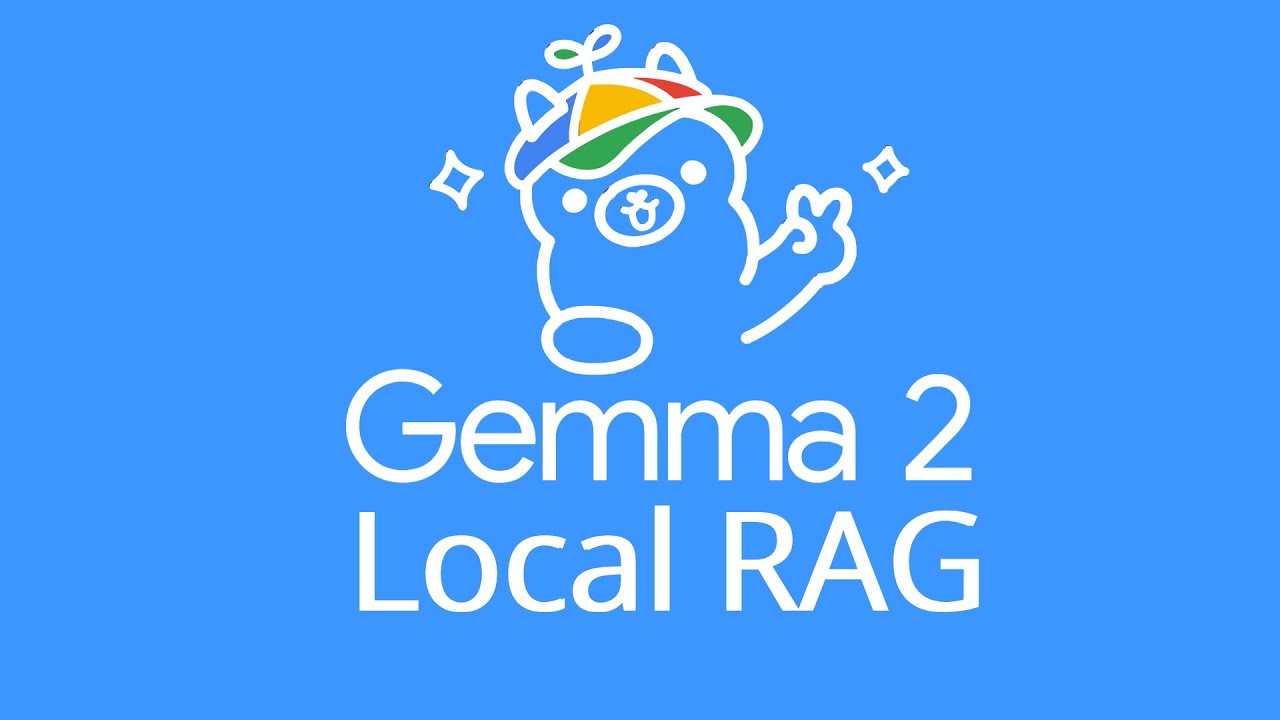The video introduces Gemma 2, a model available in various formats like Keras, PyTorch, and Hugging Face transformers, with a focus on the new Ollama format. It demonstrates building a fully local RAG system using Gemma 2 and Nomic embeddings, showcasing the development of an indexer, retriever, and prompt template for generating responses, emphasizing efficient local processing and customization for AI-powered conversational systems.
In the video, Gemma 2 was released for various formats including Keras PyTorch and Hugging Face transformers, with the introduction of the Ollama format. The speaker experimented with both the 9 billion and 27 billion models in Ollama, noting that the 9 billion model provided better results, albeit slower than the 27 billion model. The focus then shifted towards creating a fully local RAG (Retrieval Augmented Generation) system using Gemma 2 and Nomic embeddings, deviating from the common practice of relying on cloud-based embedding models. The goal was to build a simple example of a local RAG system using LangChain, with potential plans to enhance it in future videos.
To begin building the RAG system, an indexer was developed to process raw documents, split text, create a vector store, and set up embeddings. The speaker tested different text splitters and methods to find the most effective approach. The process involved loading files, applying embeddings using the Nomic model, and persisting the directory data to a database. The video emphasized the importance of having a structured indexing process to avoid repetitive tasks and facilitate efficient querying.
The RAG component required the integration of embeddings for both indexing and query lookups. The speaker utilized LangChain to set up a retriever, configure the Gemma 2 language model (LLM), and establish a prompt template for generating responses. A simple chain was created to pass questions through the retriever and prompt, ultimately streaming back the generated responses. The demonstration showcased the system’s ability to provide accurate and relevant answers based on the input questions, utilizing the Gemma 2 LLM locally without relying on external resources.
The video highlighted the significance of debugging scripts in the development process, enabling the identification of errors, monitoring of progress, and fine-tuning of components. Potential enhancements such as semantic chunkers, multi-query retrievers, and prompt customization were discussed as avenues for further development. The speaker emphasized the need to iterate on prompts, balance context input with response generation, and explore different response styles. The video concluded by underscoring the flexibility of the local RAG system, allowing for easy model swapping and index testing to optimize performance and responses.
Overall, the video provided a comprehensive walkthrough of building a local RAG system using Gemma 2 and Nomic embeddings, showcasing the potential for creating custom retrieval and generation mechanisms without relying on external servers or models. The speaker’s hands-on approach, debugging strategies, and future development suggestions offered valuable insights for individuals interested in implementing similar systems. The emphasis on local processing, efficient indexing, and prompt customization demonstrated a practical and iterative approach to developing AI-powered conversational systems locally.
